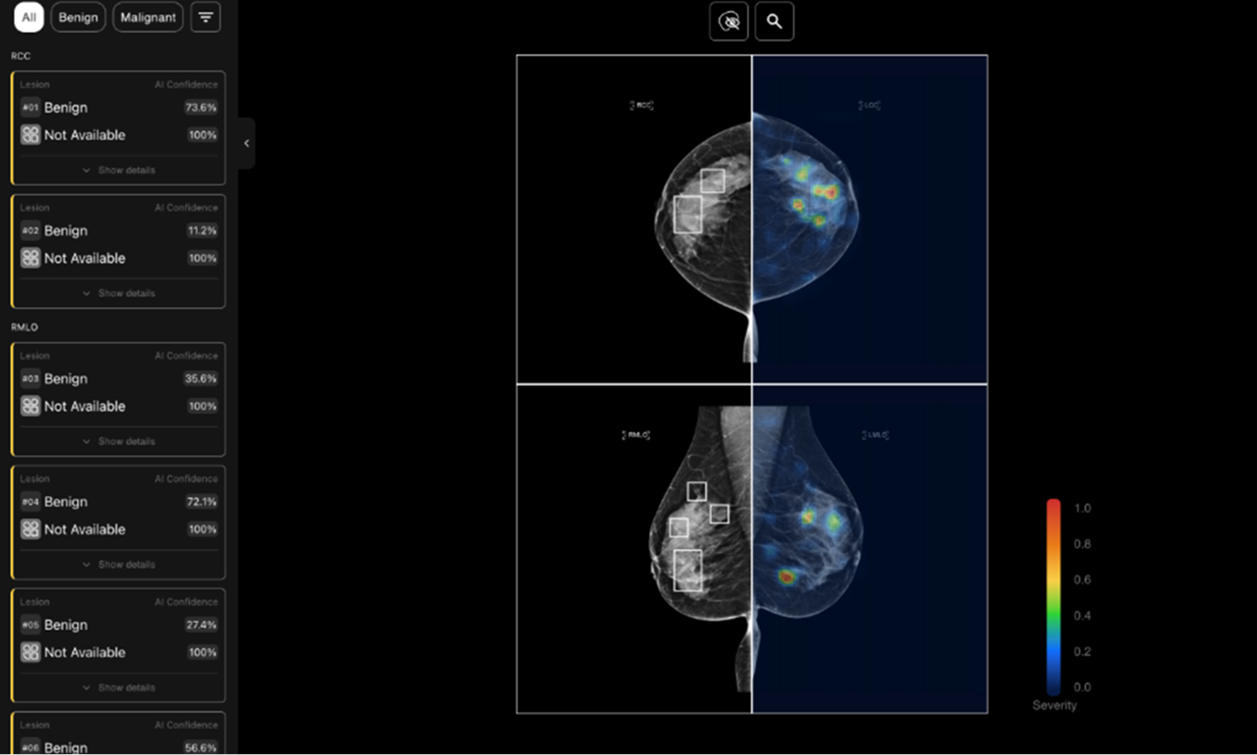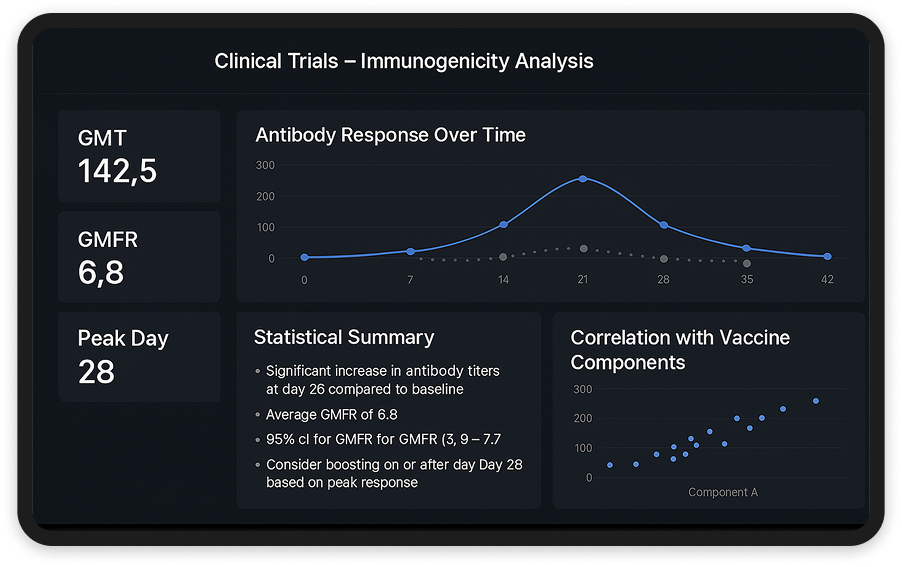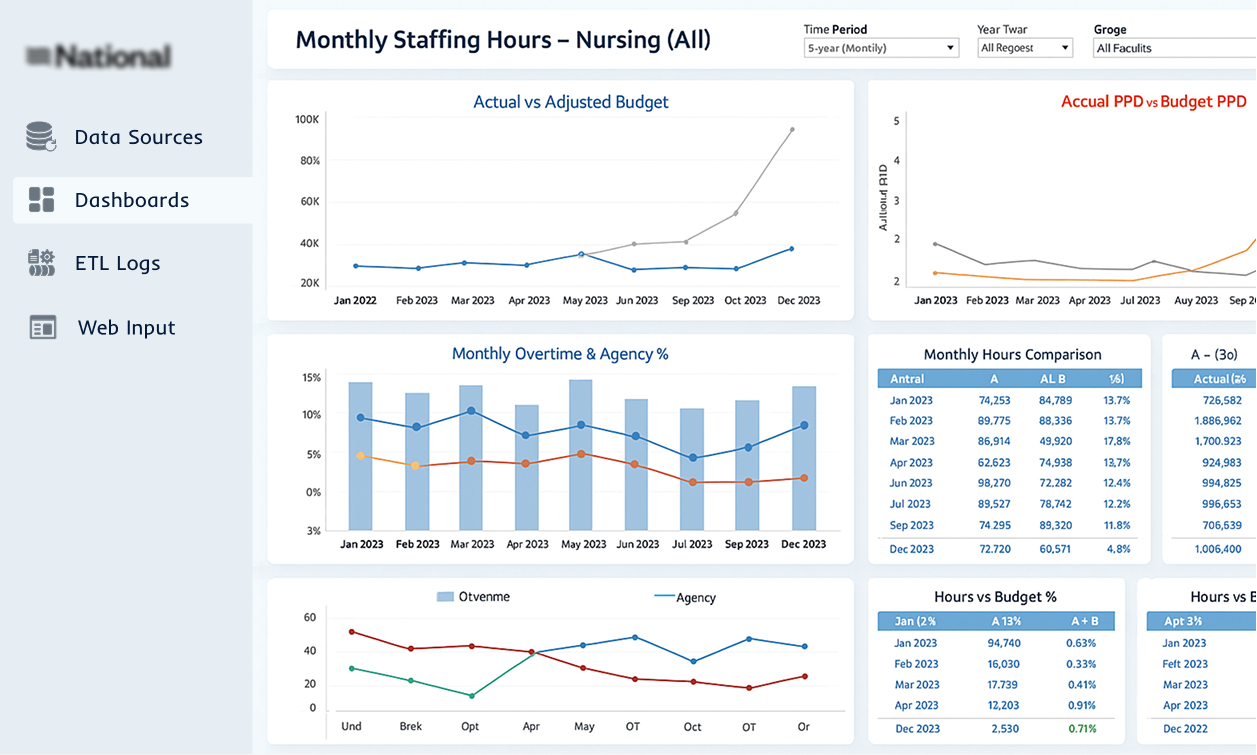This study explores the relationship between mitochondrial DNA (mtDNA) levels, HbA1c, and post-COVID-19 syndrome (PCS) in patients with type 2 diabetes (T2D). Researchers found that lower mtDNA levels and higher HbA1c were key factors associated with PCS development. Using a gradient boosting machine (GBM) model, they identified these biomarkers as significant predictors of PCS, independent of COVID-19 severity or treatment received. The findings suggest a link between mitochondrial dysfunction, metabolic disturbances, and PCS in T2D patients.
Takeaways:
- Post-COVID-19 syndrome (PCS) is a significant health concern for T2D patients, persisting for up to six months after infection.
- Lower leukocyte mtDNA levels were observed in T2D patients with PCS compared to those without PCS.
- HbA1c and mtDNA were the strongest independent predictors of PCS development.
- Mitochondrial dysfunction plays a critical role in PCS, potentially through inflammation, oxidative stress, and DNA damage.
- SARS-CoV-2 can impair mitochondrial function, leading to systemic inflammation and endothelial dysfunction.
- A machine learning model (GBM) identified HbA1c and mtDNA as the most influential factors in PCS prediction.
- These findings highlight the importance of mitochondrial health and metabolic control in managing PCS risk in T2D patients.





